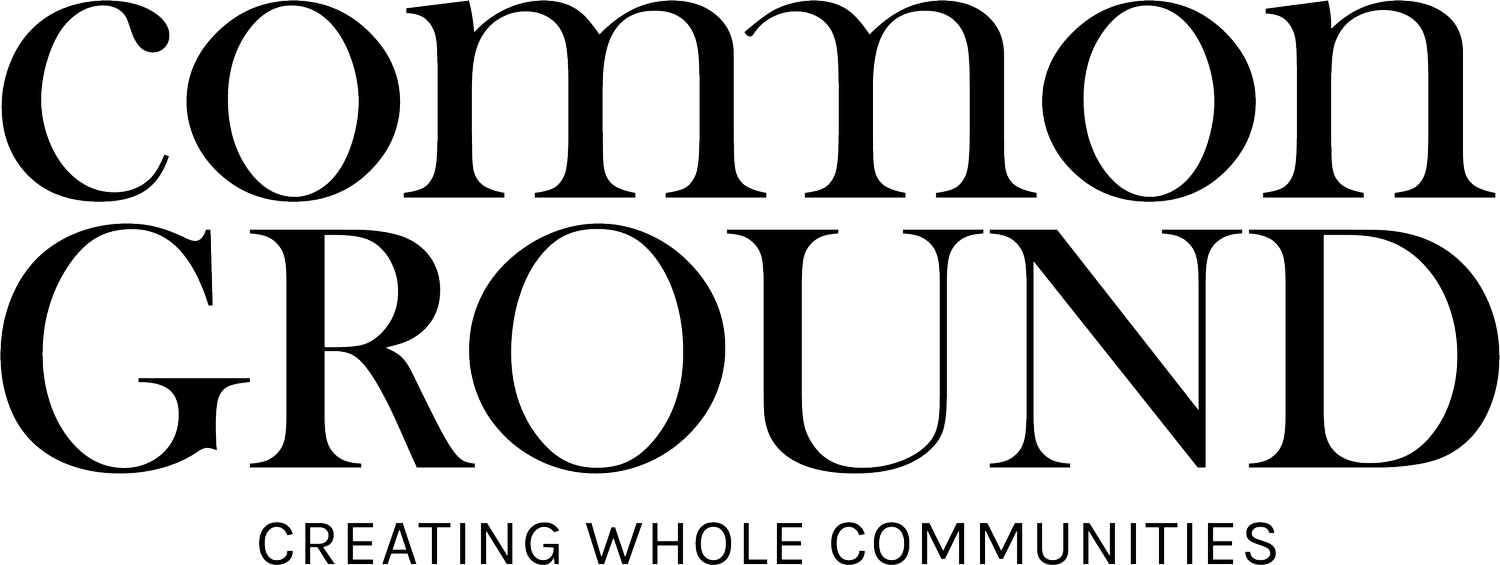How did we use our model?
What are some strategies we developed around it?
The O+A=R model provides a simple way to see how the narrative and emotional patterns that someone is showing translates to a probable range of actions and results.
Narrative/Language patterns: What are the patterns of themes, words, phrases that I am hearing from this stakeholder?
Emotional patterns: What are the patterns of feelings and emotions that this stakeholder is displaying or naming out loud?
What are the actions/non-actions around the issue that emerge from this individual’s stories and emotions?
Do I see a pattern of similar actions/non-actions around the issue from other stakeholders who share similar stories and emotions?
What are the results that are showing up for this individual because of their pattern of stories, emotions and actions?
Do I see a pattern of similar results around the issue from other stakeholders who share similar stories and emotions?
What are the new actions and results I hope to invite this stakeholder to explore?
What are the new themes, words or phrases (new narrative patterns) I can invite them to consider that can invite them to feel new emotions that support those new actions and results?
Sense-Making Patterns
Firstly, when conducting community interviews on the ground, we used the O+A=R model as a strategy for sense-making patterns in the data:
For instance:
In Jurong, we noticed a recurring pattern where multiple stakeholders would share about:
“not having enough money/time/help etc. to take care of my health”,
“my family/my company/my government doesn’t care about me”
and “no choice”.
They would share about their feelings of resentment or resignation and how they felt little motivation to exercise, cook healthy meals, rest more or sleep more. What looked like small actions to take care of their health felt too much to take on.
We named this narrative pattern as a story of individual/community “Scarcity” and shared this with any stakeholder who wanted to work with this particular archetype.
Asking New Questions and Making New Choices
Secondly, the O+A=R model provided a strategy for planning for a range of new questions to ask a broad range of stakeholders so that new choices are opened up in the way an issue is being handled.
For instance:
For any stakeholders who wanted to work with individuals stuck in a story of Scarcity, we can ask specific questions that invite a new narrative/emotional pattern to counter the old narrative/emotional patterns for the “Observer”:
How might we help (the individual) see personal health as a form of wealth or resource worth prioritising?
How might we help (the individual) experience a new story about the system’s care and generosity?
How might we give (the individual) more choice and agency in their situation?
Becoming Unstuck
Thirdly, the O+A=R model provided a strategy for working “in-the-moment” with stakeholders in the middle of a conversation that is stuck in non-action.
For instance:
While working with some community builders, we noticed they were getting more and more stuck as they pondered more about the multiple pressures they were facing.
O+A=R helped us see quickly:
the Result they were getting: “Stuckness”
the Actions they were doing: “Going round in circles and coming up with nothing”
the Observers were feeling heavier emotions of: seriousness, confusion and lostness.
the Observers’ narrative patterns centred on difficulties and problems.
O+A=R helped us ask questions in-the-moment that could bring in lighter emotions that moved people back to ideating and action:
“What if this was just a sandbox for you to play with new possibilities?”
“What is the easier, less stressful thing for you to do now that is still worth doing?
“Can we share some quick case-studies where people had fun approaches to taking care of the health of their community?”
Our Journey
Click the boxes to explore different parts of the project!


















